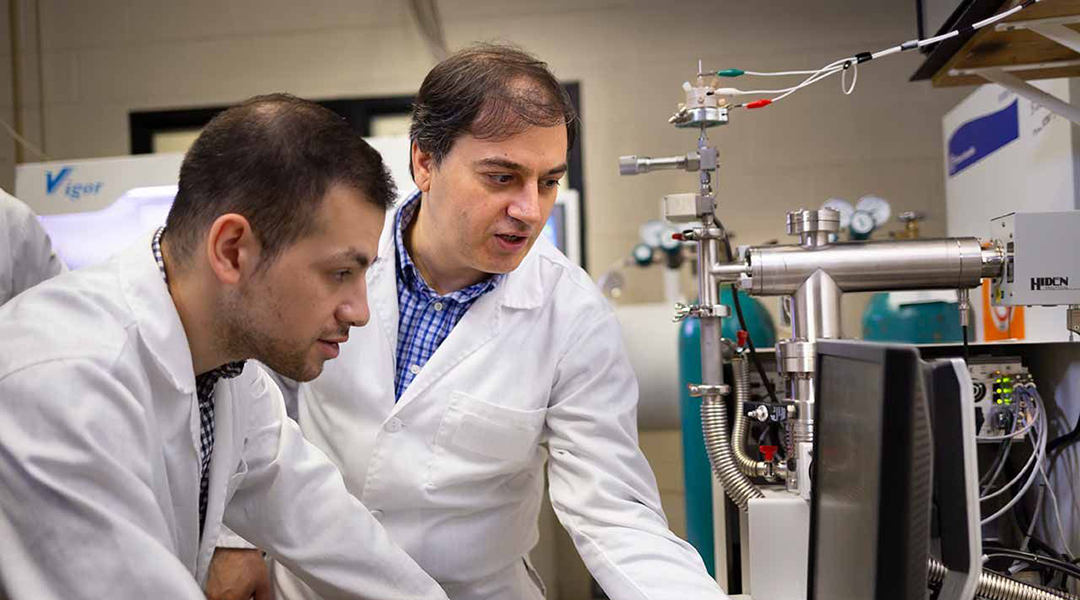New design in lithium-air battery aims to get more electric vehicles on the road.


New design in lithium-air battery aims to get more electric vehicles on the road.

Clean-burning synthetic fuels made from renewable ethers could replace carbon-based fuels and contribute to a cyclic carbon economy.

Nitrous oxide, better known as laughing gas, is often forgotten when considering major greenhouse gases.

Microfluidic processing could help to make a competitive printed photovoltaics industry a reality.

A molecule-thick material is opening doors for the advancement of flexible and recyclable organic solar cells.

Can the Australian bushfires and global pandemic convince us to change our ways?

What if the energy released when freight trains slow or stop could be applied to carbon capture technology?

Understanding how bubbles form is vital to both producers and consumers of the world’s most popular alcoholic beverage.

Researchers build a biodegradable mini-capacitor that consists of carbon, cellulose, glycerin, and table salt — and it works reliably.

A new conjugated polymer provides opportunity to improve insulating materials around high-voltage cables for more efficient power transmission.